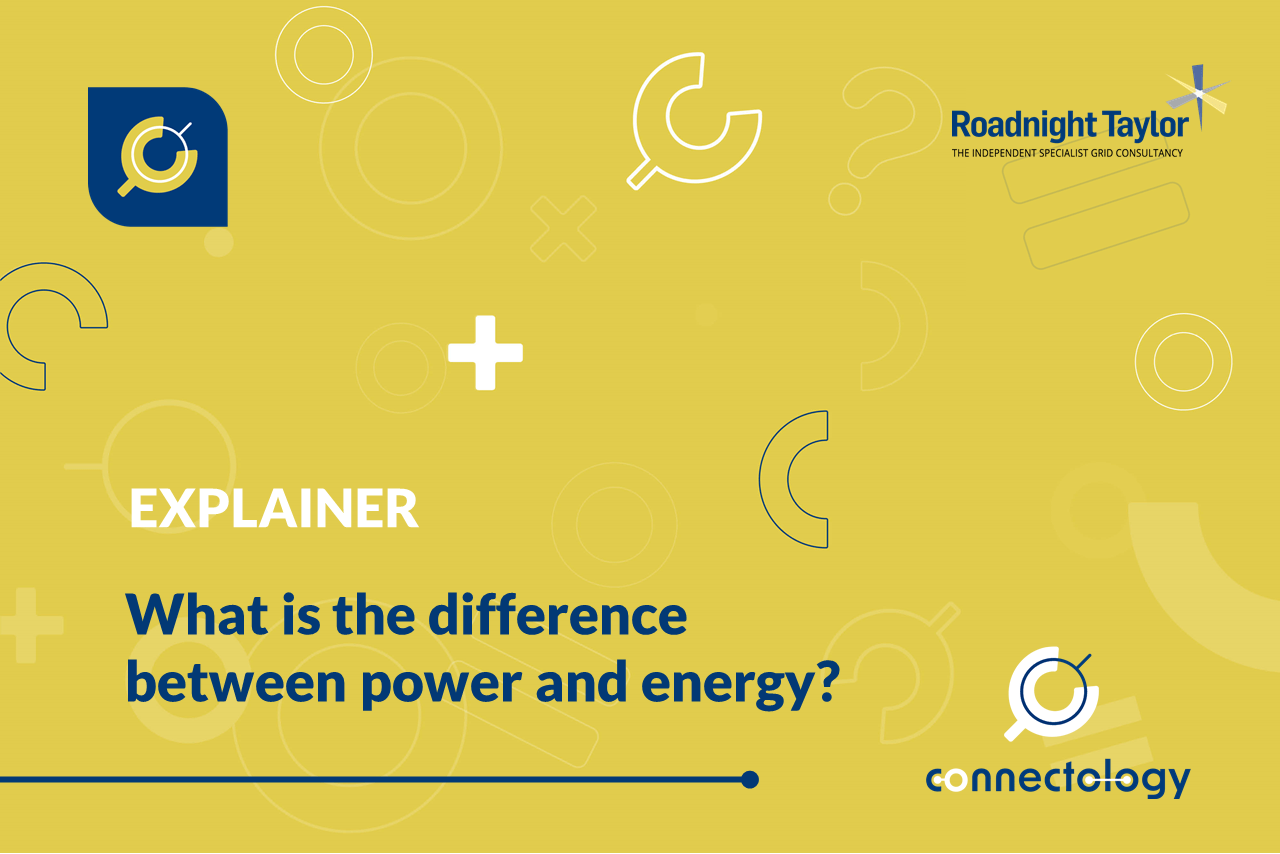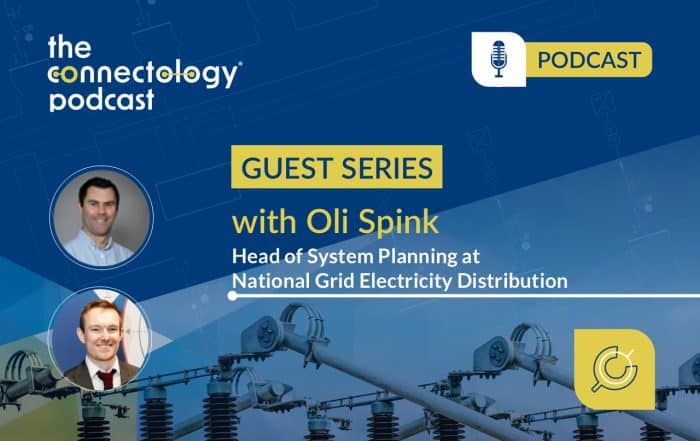What is the difference between power and energy?
Power is how much output there is at any one moment in time. Energy is how much power is used over time. We explain more below.
Article by Pete Aston – acknowledged expert in networks
Pete joined Roadnight Taylor from Western Power Distribution, the UK’s largest DNO, where he was Primary System Design Manager. He led a team of sixty responsible for all connections and reinforcement of the extra high voltage network and oversight of the roll out of active network management across all four of WPD’s licence areas.
1st April, 2022

Two of the key principles of electricity generation are power and energy. Power is how much output there is at any one moment in time. Energy is how much power is used over time.
Our lump of coal example
It can be explained by lumps of coal (perhaps an ironic example in our race towards net zero!). If there are 100 lumps of coal, that is essentially 100 units of energy.
- If they are put on a fire one lump at a time, it would be a very cold fire, i.e. a low power fire, but the fire would keep going for a long time.
- If 10 lumps are used at one time, the fire would be 10 times hotter than with one lump, i.e. ten times more power, but the fire would burn through all the lumps ten times faster.
- If all 100 lumps were put on at the same time, it would be an incredibly hot fire, but it wouldn’t last very long.
In all the scenarios, 100 lumps of coal are used, which is the total energy used. But the level of power was different, depending on how many lumps of coal were put on at once.
What are MW, kW, MWh and kWh?
With electricity, instantaneous power is expressed in megawatts (MW) or kilowatts (kW) for smaller installations. Energy is expressed in megawatt-hours, or MWh (or kilowatt-hours, kWh) the combination of power over a period of time.
For example, a 2kW kitchen kettle has a power requirement of 2kW. If it is used continuously for 5 minutes to boil a full kettle load of water, that is 2kW x 5minutes/60minutes = 2kW x 0.083 hours = 0.167kWh.
Gas engine and solar farm examples
Using a gas engine and a solar farm as examples of different generators. A 5MW gas engine might be operated for a full 24 hour period. Its peak power output is a constant 5MW, all day, and its energy output during the day is 5MW x 24 hours = 120MWh.
A solar farm might also have a peak power output of 5MW, but only in the middle of the day. However, it is not a continuous 5MW output, as the power increases from 0MW early in the morning to peak power at midday, falling away to 0MW again in early evening. The solar farm would therefore have a much lower total energy output over the day than the gas generator, even though the peak power is the same as the gas engine.








